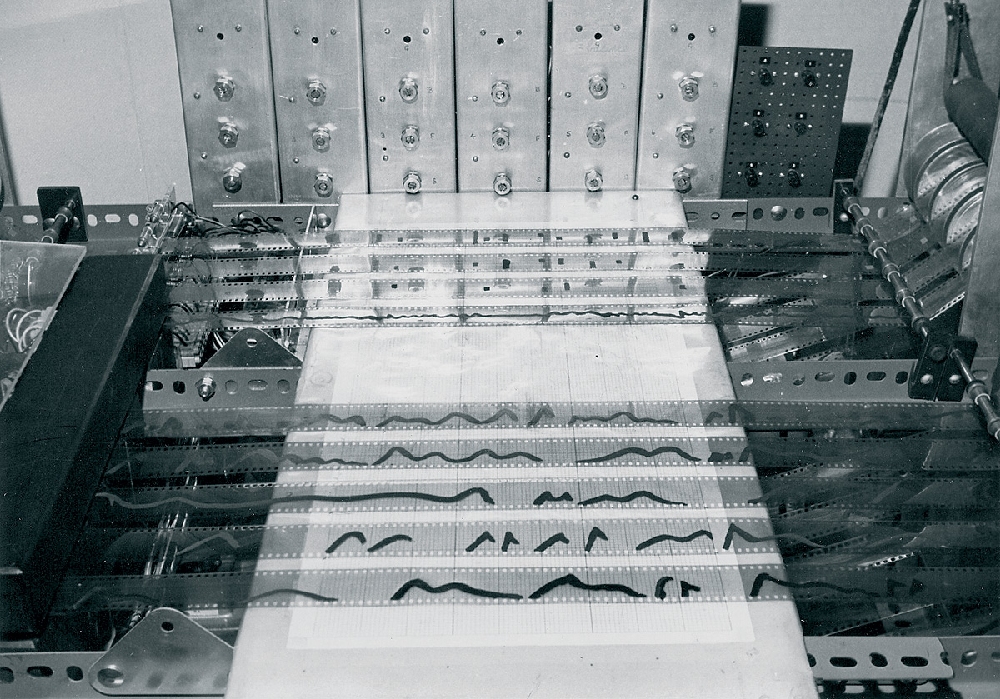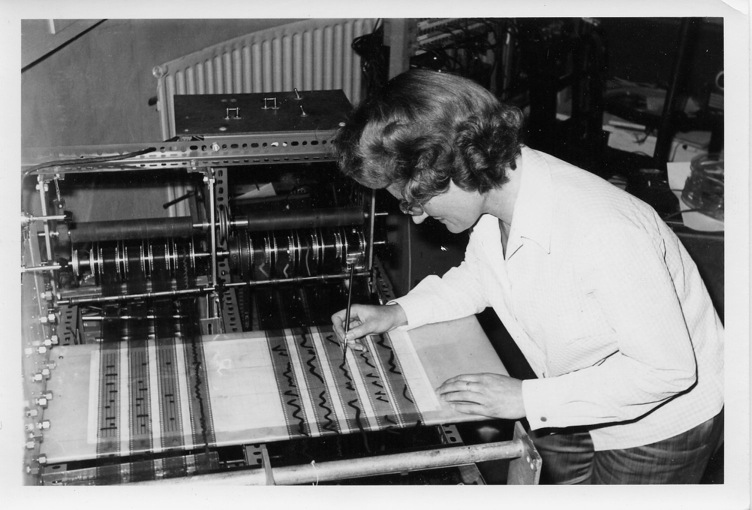Uncertainty Theory #31
About Daphne Oram, Annika Henderson (Anika and Exploited View) and Balago
About Oramics Daphne Oramthe career of Daphne Oramthe voice of Annika Henderson (Anika and Exploited View) and music by Balago.
Audios
01. Anika - Masters of War (track 9 of Anika 2010 album)
02. Anika - I Go To Sleep (track 8 from Anika 2010)
03. Daphne Oram - Studio Jinks (track 44 from Oramics 2007)
04. Daphne Oram - Incidental Music for Invaders (excerpts) (track 34 of the album Oramics 2007)
05. Exploded View - One Too Many (track 2 of the album Exploded View 2016)
06. Exploded View - Call on The Gods (track 4 of the album Exploded View 2016)
07. Balago - Fins a l'últim moment (track 2 del disco El Demà 2018)
08. Balago - A l'exterior (track 10 of the album El Demà 2018)
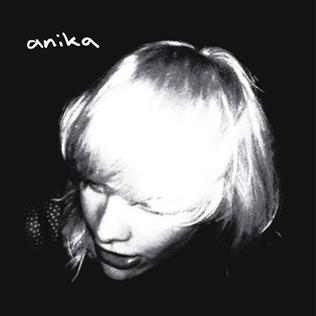
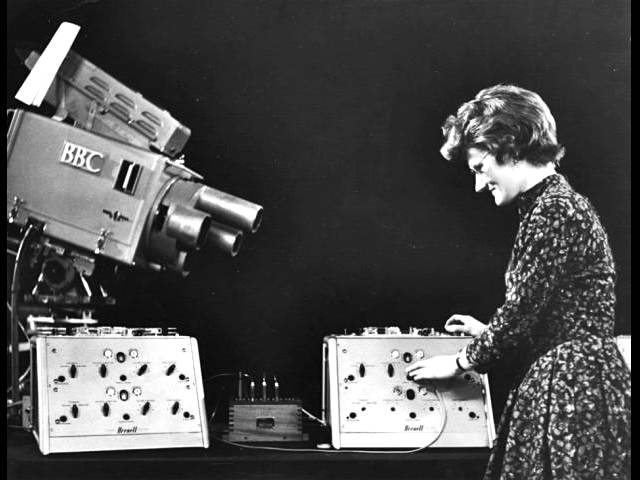
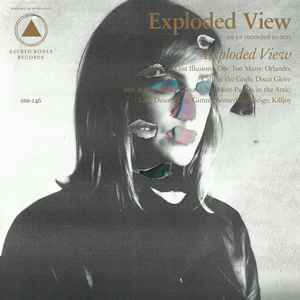
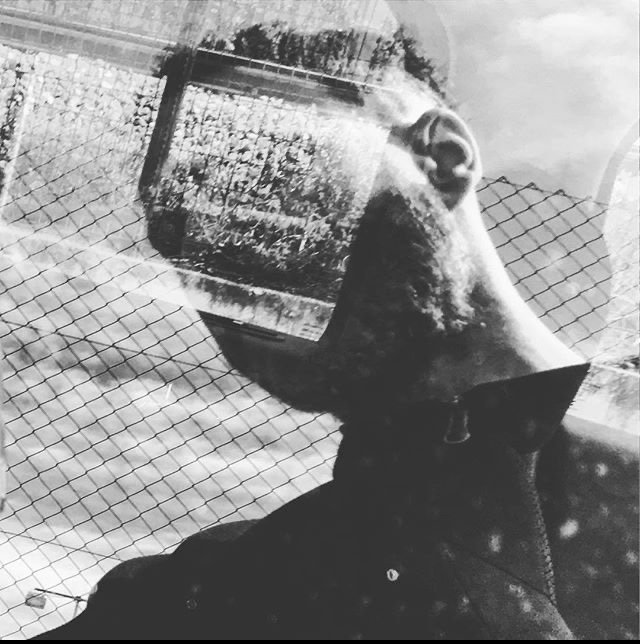
Oramics
Oramics is a sound-drawing technique designed in 1957 by the musician Daphne Oram.
The machine was further developed in 1962 after receiving a grant from the Gulbenkian Foundation.
The technique consists of drawing strips of 35 mm film to control the sound produced.
Oramics was also the name Oram used to refer to her studio and her business interests in general.
Oram's compositing machine consisted of a large rectangular metal frame, which provided a table-like surface traversed by ten synchronized strips of transparent 35 mm film with sprockets. The musician would draw shapes on the film to create a mask, which modulated the light received by the photocells. Although the machine's output was monophonic, sounds could be added to multitrack tapes to provide more texture and create polyphony.
The original machine was on display at the Science Museum in London between 2011 and 2015.
The shapes and patterns recorded on the film strips are read by photoelectric cells and transformed into sounds. According to Oram, "every nuance, every subtlety of phrasing, every gradation of pitch or pitch inflection should be possible simply by a change in the written form." The Oramics technique and the flexibility of control over the nuances of sound was a completely new and innovative approach to music production. Financial pressures made it necessary to maintain her work as a commercial composer, and her work on the Oramics system covered a wider range than the Radiophonic Workshop. She produced music not only for radio and television, but also for theater, commercial short films, sound installations and exhibitions. Other work from this studio included electronic sounds for the horror film of Jack Clayton "Los inocentes" (1961), among others.
About Daphne Oram
Daphne Oram (December 31, 1925 - January 5, 2003) was a British composer and electronic musician. She was one of the first British composers to produce electronic sound and was a pioneer of musique concrète in the UK. As co-founder of the BBC Radiophonic Workshop, she became a central figure in the evolution of electronic music.
She was the creator of the Oramics technique for creating electronic sounds using drawn sound. In addition to being a musical innovator, she was the first woman (allegedly) to independently run and set up a personal electronic music studio, and the first woman to design and build an electronic musical instrument.
In 1942, Oram was offered a place at the Royal College of Music but instead took up a position as a junior studio engineer and "music balancer" at the BBC.One of her job responsibilities was to "follow" live concerts with a pre-recorded version so that the broadcast would continue if interrupted by "enemy action." Other job duties included creating sound effects for radio programs and mixing broadcast levels.
During this period she became aware of advances in synthetic sound and began experimenting with tape recorders. Often staying after hours, she was known to experiment with tape recorders late into the night. She recorded sounds on tape and then cut them up, spliced and looped, slowed them down, sped them up and played them backwards.
In the 1950s, she was promoted to manager of a music studio. After a trip to the RTF studios in Paris, she began campaigning for the BBC to provide electronic music facilities to compose sounds and music, using electronic music and musique concrète techniques, for use in their programming. In 1957 she was commissioned to compose music for the play Amphitryon 38. She created this piece using a sine wave oscillator, a tape recorder and some filters of her own design, thus producing the first fully electronic score in the BBC's history. Together with fellow electronic musician and BBC colleague Desmond Briscoebegan to receive commissions for many other works, among them a major production of Samuel Beckett "Everything That Falls" (1957). As demand for these electronic sounds grew, BBC gave Oram and Briscoe a budget to establish the BBC Radiophonic Workshop in early 1958, where she was the first studio manager. The workshop focused on creating sound effects and theme music for all of the corporation's output, including the science fiction series "Quatermass and the Pit" (1958-1959) and "Major Bloodnok's Stomach" for the radio comedy series The Goon Show.
In October 1958, the BBC sent Oram to the "Journées Internationales de Musique Expérimentale" at the World's Fair in Brussels (where Edgard Varèse demonstrated in his Poème électronique). After listening to some of the work produced by her contemporaries and becoming unhappy with the BBC music department's continued refusal to bring electronic composition to the forefront of its activities, she decided to resign from the BBC less than a year after the workshop opened, hoping to develop her techniques further on his own.
In 1965, Oram produced "Pulse Persephone" for the Treasures of the Commonwealth exhibition at the Royal Academy of Arts.
